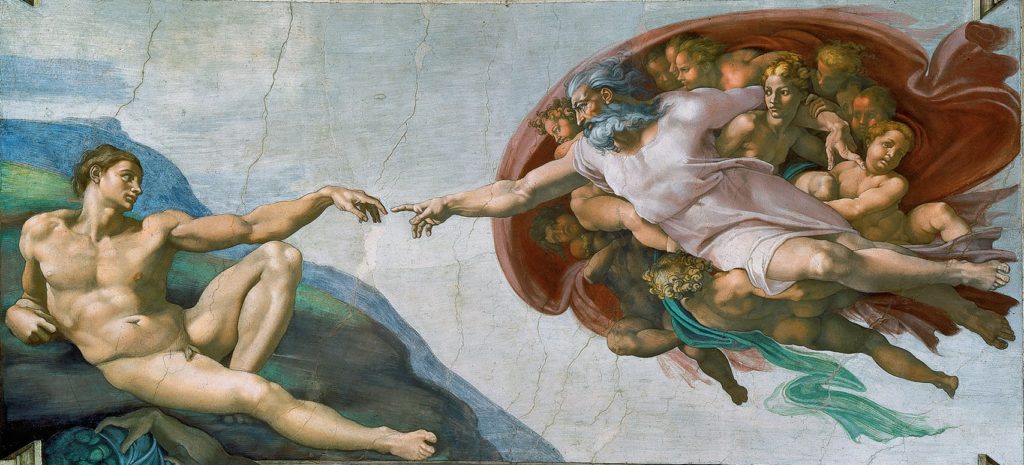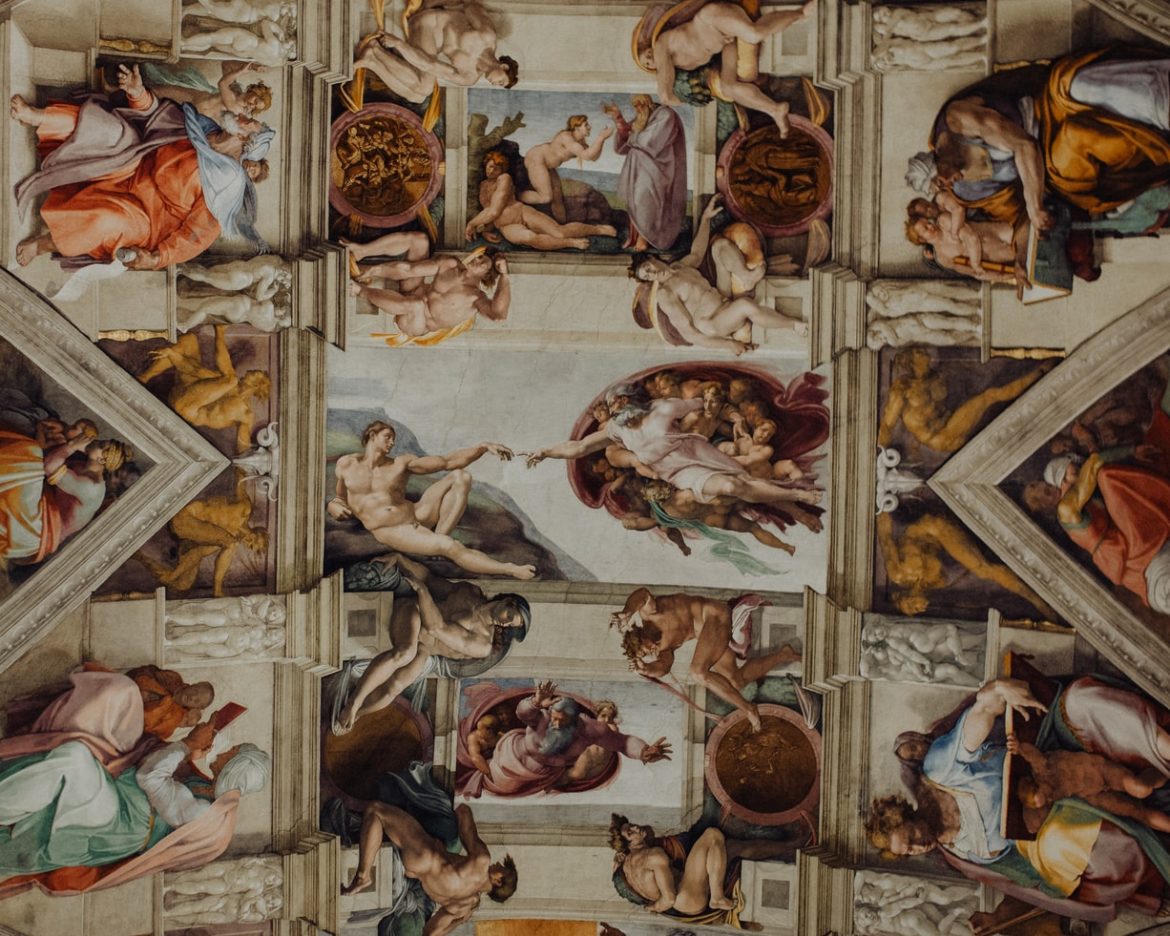The ceiling of the Sistine Chapel in Rome, one of Italian artist Michelangelo’s finest works, is exhibited to the public for the first time.
Written content by History

Michelangelo Buonarroti, the greatest of the Italian Renaissance artists, was born in the small village of Caprese in 1475. The son of a government administrator, he grew up in Florence, a center of the early Renaissance movement, and became an artist’s apprentice at age 13. Demonstrating obvious talent, he was taken under the wing of Lorenzo de’ Medici, the ruler of the Florentine republic and a great patron of the arts. After demonstrating his mastery of sculpture in such works as the Pieta (1498) and David (1504), he was called to Rome in 1508 to paint the ceiling of the Sistine Chapel—the chief consecrated space in the Vatican.
Michelangelo’s epic ceiling frescoes, which took several years to complete, are among his most memorable works. Central in a complex system of decoration featuring numerous figures are nine panels devoted to biblical world history. The most famous of these is The Creation of Adam, a painting in which the arms of God and Adam are stretching toward each other. In 1512, Michelangelo completed the work.
After 15 years as an architect in Florence, Michelangelo returned to Rome in 1534, where he would work and live for the rest of his life. That year saw his painting of the The Last Judgment on the wall above the altar in the Sistine Chapel for Pope Paul III. The massive painting depicts Christ’s damnation of sinners and blessing of the virtuous and is regarded as a masterpiece of early Mannerism. Read more from History.
Follow more health and other related stories from News Without Politics





